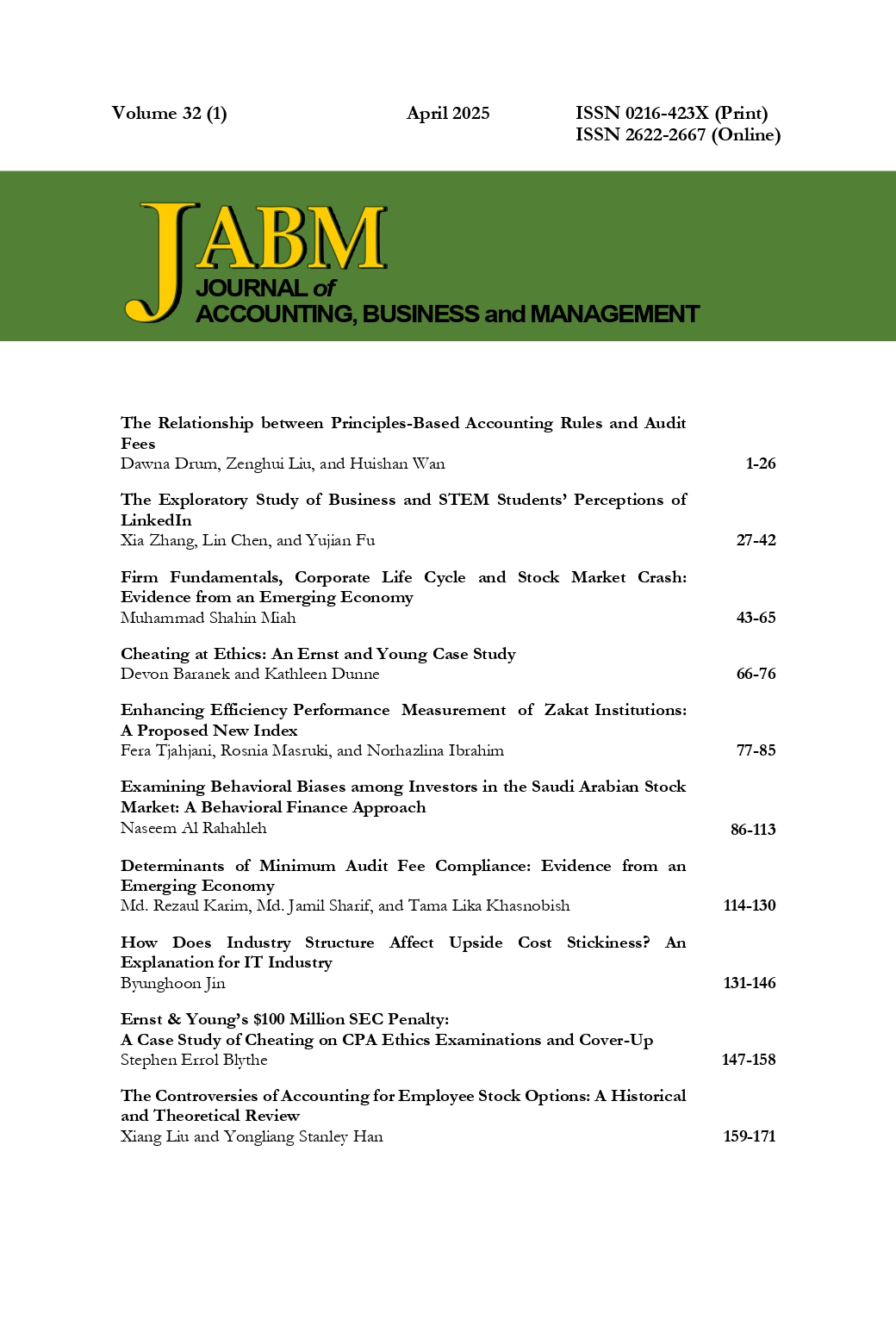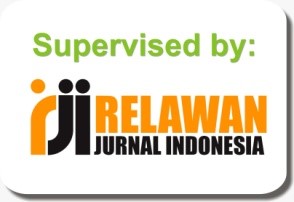Enhancing Efficiency Performance Measurement of Zakat Institutions:
A Proposed New Index
Abstract
Law Number 23 of 2011 concerning the management of zakat mandates that the Badan Amil Zakat Nasional (BAZNAS) and Lembaga Amil Zakat (LAZ) must manage zakat funds efficiently and effectively. BAZNAS currently utilises four types of ratios to measure efficiency performance separately: (1) collection expenses ratio, (2) operational expenses ratio, (3) human resource expenses ratio, (4) amil fund ratio. However, most of studies related to efficiency performance assessment of zakat institutions use the Data Envelopment Analysis (DEA) index. The DEA index measures efficiency by comparing the amount of output and input, but its input and output components are flexible, depending on the researcher’s perspective, and it does not explicitly incorporate the 12.5% amil rights. This study aims to propose a new index to measure efficiency performance in a more appropriate and integrated manner, referring to Indonesian Financial Accounting Standard (IFAS) 401, the DEA index, and the amil fund ratio. This proposed index is expected to be more accurately assess the efficiency performance of zakat institutions
Downloads
References
BAZNAS. (2024). Outlook Zakat Indonesia 2024. Center For Strategic Studies, BAZNAS. https://www.puskasbaznas.com/publications/books/1857-buku-outlook-zakat-indonesia-2024
BAZNAS, C. for S. S. (2022). Indeks Kesehatan Organisasi Pengelola Zakat. BAZNAS - Puskas.
Burhanudin, M., & Indrarini, R. (2020). Efisiensi dan Efektivitas Lembaga Amil Zakat Nasional. Jesya (Jurnal Ekonomi & Ekonomi Syariah), 3(2), 453–461. https://doi.org/10.36778/jesya.v3i2.221
Djaghballou, C. E., Djaghballou, M., Larbani, M., & Mohamad, A. (2018). Efficiency and productivity performance of zakat funds in Algeria. International Journal of Islamic and Middle Eastern Finance and Management, 11(3), 474–494. https://doi.org/10.1108/IMEFM-07-2017-0185
Hasan, N. A., & Muhammad, R. (2023). Analisis efisiensi organisasi pengelola zakat di Indonesia dengan metode data envelopment analysis. Proceeding of National Conference on Accounting & Finance, 5, 359–364. https://doi.org/10.20885/ncaf.vol5.art41
Huda, N., Anggraini, D., Mardoni, K. M. A. Y., & Rini, N. (2014). Prioritas Solusi Permasalahan Pengelolaan Zakat Dengan Metode AHP (Studi di Banten dan Kalimantan Selatan). Al-Iqtishad, 6(2), 223–238. https://doi.org/10.15408/aiq.v6i2.1232
Kartini, K., Bahri, E. S., & Baehaqi, A. (2021). Measurement of Efficiency and Effectiveness of Zakat Management in the National Board of Zakat (Baznas) West Java. Iqtishaduna, 12(1), 102–119. https://doi.org/10.20414/iqtishaduna.v12i1.3259
KMA No 606, Keputusan Menteri Agama (PMA) (2020).
Neuman, W. L. (2014). Social research methods: Qualitative and quantitative approaches. International ed.) Boston: Peason Education. https://www.amazon.co.uk/Social-Research-Methods-Quantitative/dp/0205786839/ref=sr_1_5?s=books&ie=UTF8&qid=1461496914&sr=1-5&keywords=social+research+methods+qualitative+and+quantitative+approaches
Peraturan BAZNAS No 4 Tahun 2018 (2018).
PERBAZNAS No.1 Tahun 2016 (2016). https://peraturan.go.id/files/bn1846-2016.pdf
Richey, R. C., & Klein, J. D. (2005). Developmental research methods: Creating knowledge from instructional design and development practice. Journal of Computing in Higher Education, 16(2), 23–38. https://doi.org/10.1007/BF02961473
Richey, R. C., Klein, J. D., & Nelson, W. A. (2007). Developmental studies of instructional design and development. Safflower, July, 142–184.
Rusmini, R., & Aji, T. S. (2019). EFISIENSI KINERJA LEMBAGA AMIL ZAKAT DALAM MENGELOLA DANA ZIS DENGAN METODE DEA ( STUDI PADA YDSF SURABAYA ) Rusmini , Tony Seno Aji Ekonomi Islam , Fakultas Ekonomi , Universitas Negeri Surabaya Ekonomi Islam , Fakultas Ekonomi , Universitas Negeri Surab. Jurnal Zakat Dan Wakaf, 6(2), 148–165. https://doi.org/http://dx.doi.org/10.21043/ziswaf.v6i2.6414
Ryandono, M. N. H., Qulub, A. S., Cahyono, E. F., Widiastuti, T., Aisyah, B. N., & Robani, A. (2021). Efficiency Analysis of Zakat Institutions in Indonesia: Data Envelopment Analysis (Dea) and Free Disposal Hull (Fdh) Approaches. Academy of Accounting and Financial Studies Journal, 25(6), 1–12.
Suhail, S., Adam, F., & Jajang W Mahri, A. (2019). The Efficiency of Zakat Institutions in Indonesia in 2012-2016. KnE Social Sciences, 3(2), 784–795. https://doi.org/10.18502/kss.v3i13.4247
Undang-Undang Republik Indonesia No.23 Tahun 2011 Tentang Pengelolaan Zakat, Pub. L. No. 23, 29 (2011). https://peraturan.bpk.go.id/Home/Details/39267/uu-no-23-tahun-2011
Wahab, N. A., & Rahim Abdul Rahman, A. (2011). A framework to analyse the efficiency and governance of zakat institutions. Journal of Islamic Accounting and Business Research, 2(1), 43–62. https://doi.org/10.1108/17590811111129508














